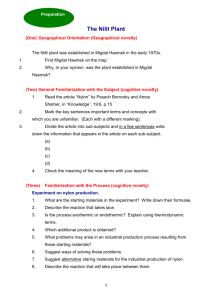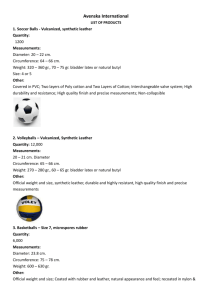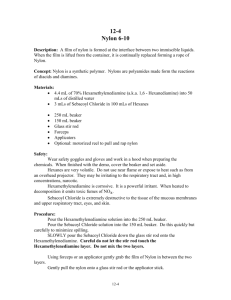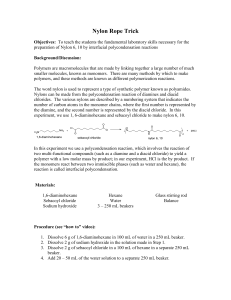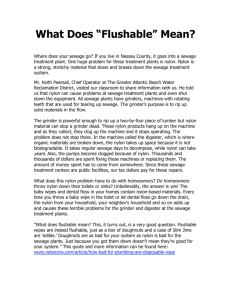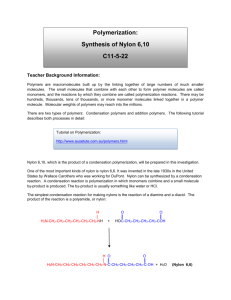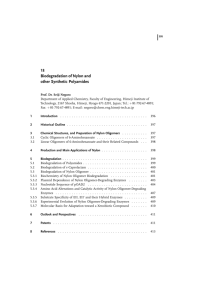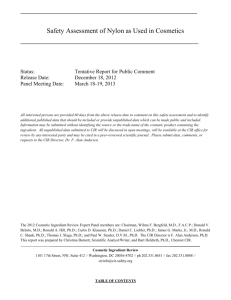WIL HOUSE device
advertisement
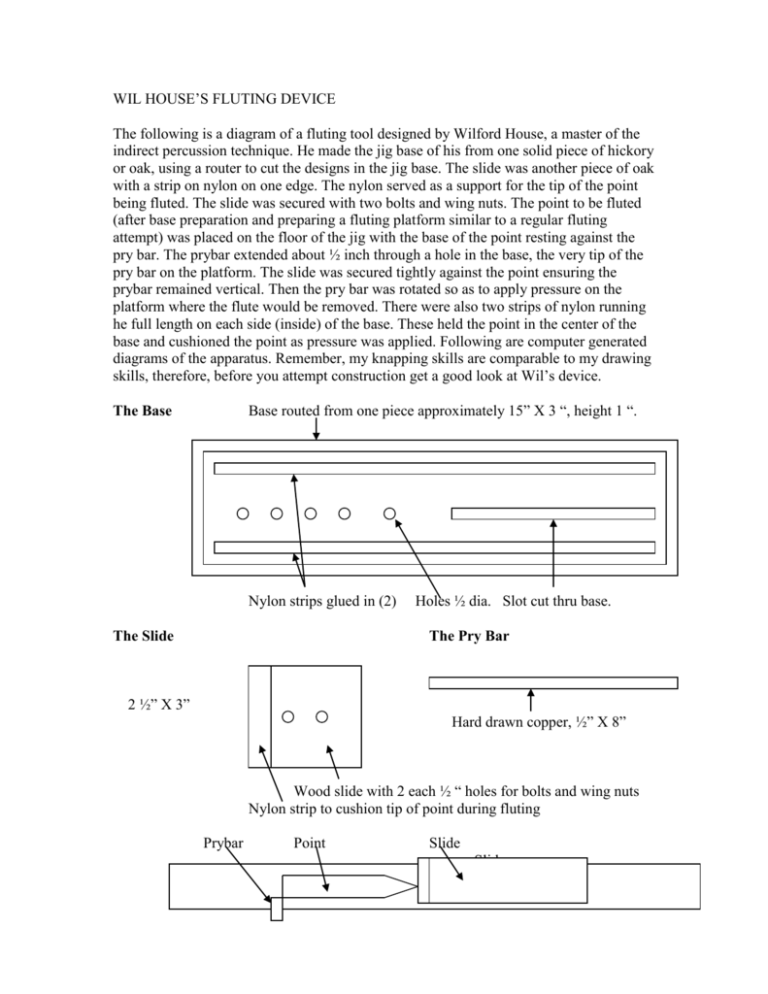
WIL HOUSE’S FLUTING DEVICE The following is a diagram of a fluting tool designed by Wilford House, a master of the indirect percussion technique. He made the jig base of his from one solid piece of hickory or oak, using a router to cut the designs in the jig base. The slide was another piece of oak with a strip on nylon on one edge. The nylon served as a support for the tip of the point being fluted. The slide was secured with two bolts and wing nuts. The point to be fluted (after base preparation and preparing a fluting platform similar to a regular fluting attempt) was placed on the floor of the jig with the base of the point resting against the pry bar. The prybar extended about ½ inch through a hole in the base, the very tip of the pry bar on the platform. The slide was secured tightly against the point ensuring the prybar remained vertical. Then the pry bar was rotated so as to apply pressure on the platform where the flute would be removed. There were also two strips of nylon running he full length on each side (inside) of the base. These held the point in the center of the base and cushioned the point as pressure was applied. Following are computer generated diagrams of the apparatus. Remember, my knapping skills are comparable to my drawing skills, therefore, before you attempt construction get a good look at Wil’s device. Base routed from one piece approximately 15” X 3 “, height 1 “. The Base Nylon strips glued in (2) The Slide Holes ½ dia. Slot cut thru base. The Pry Bar 2 ½” X 3” Hard drawn copper, ½” X 8” Wood slide with 2 each ½ “ holes for bolts and wing nuts Nylon strip to cushion tip of point during fluting Prybar Point Slide Slide
